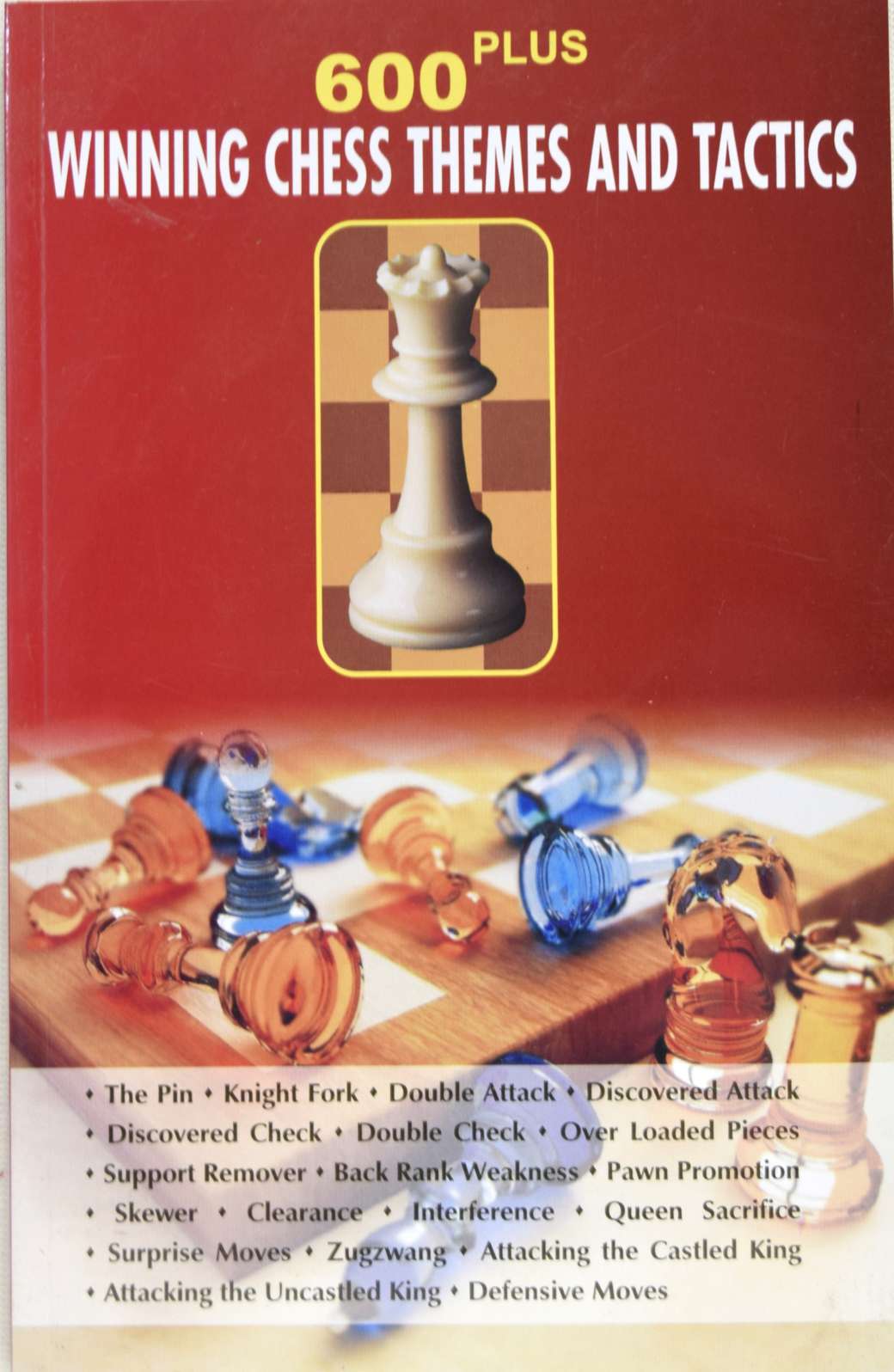
White immediately seeks to dislodge black’s e5 pawn from its stronghold in the center – even at the cost of losing a pawn! The position remains symmetrical, and a bit dull for my liking compared to white’s more ambitious options listed above – but hey, it can’t be a bad thing to have the move in a symmetrical position!īefore moving on, let’s consider some second-move alternatives for both white and black after 1. Nc3 often leads to the Four Knights Game after black plays the natural 3…Nf6.d4 on the next turn, but unlike in the Scotch (see above), if black exchanges his e-pawn for the d-pawn, white would be able to recapture with a pawn and maintain a dominate grip in the center! White’s idea is very ambitious: White would like to play 4.

Winning chess tactics pdf free#
Want to take your chess openings BEYOND the basics? Click HERE to sign up for my FREE one-week “Opening Mastery Masterclass” It’s hard to ask for more out of an opening move than this – white develops a knight, gets closer to castling kingside, and directly threatens black’s e5 pawn! 2…Nc6 is the most popular response – black defends the threat against e5 and develops a piece of his own. White usually continues with the extremely logical 2. We’ll spend a lot of time on this option, as so many opening variations split off from here! Black ensures a stronghold for himself in the center and opens lines for his pieces to develop. This is the reply most often taught to beginners, and it’s popular all the way up to the World Championship level. Indeed, 1…e5 is good for all the same reasons that 1.

We’ve talked about the advantages of white’s first move, so why should black not want to copy it?

e4 e5 was by far the most common way for a game to begin.


 0 kommentar(er)
0 kommentar(er)
